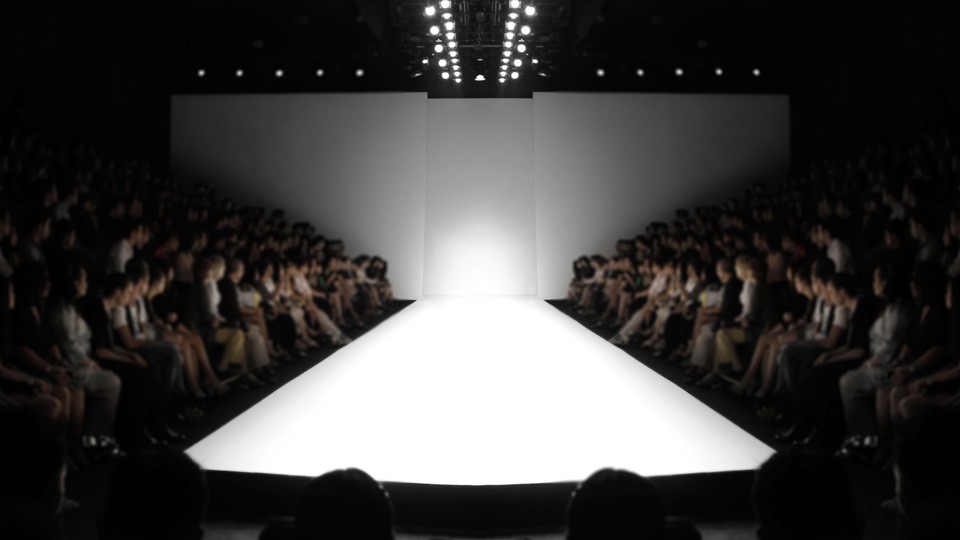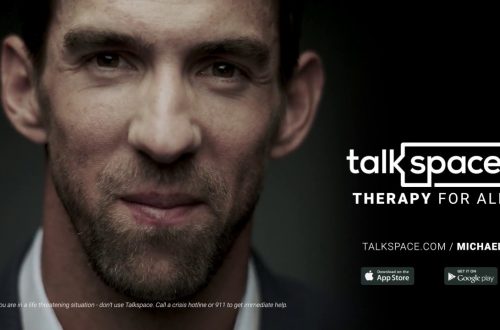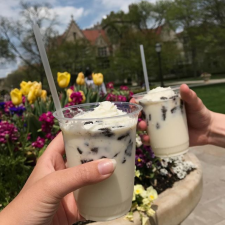
The Worst Part of MODA Was Having to Put the Models Down after the Show
People say to us all the time, “MODA is so great,” “MODA is so original,” “You’re so brave for designing clothes,” “We could never wear clothes like you do” — we know. But so much more goes on behind the scenes. You’ve got your typical fashion show rituals, like eating paper and water for two days before the event. You’ve also got some more progressive traditions, like sacrificing a male virgin as opposed to a female one. But, at the end of the day, the most harrowing thing we have to do as the MODA board is put down all of the models at the end of the show.
You see, while we put on the facade of being creative, hip types, we’re all really just econ majors who like to wear bright colors. As such, we know how costly high overhead costs can be to any organization on a tight budget. The models, while undeniably crucial to the success of our event, constitute a sunk cost to us: we recoup none of our money by keeping them around post-show, so we must do the difficult job of putting them down, one-by-one, after the last “go OFF, queen!” is yelled by someone holding a cracked iPhone, but such is fashion.
I know it’s the job we signed up for, but sometimes, when you’re putting the models down (while making searing, unforgiving, and unforgetting eye contact) after a great show, you can start to feel a little down. You can even get attached if you’re not too careful. It’s particularly hard when it’s one of your friends — but then again, they were the ones who said they’d do anything to feel pretty.
Every year we tell the models: “you know, this is a difficult job, there’s more to modelling than wearing our gorgeous rubber plaid and velcro turtlenecks — we’re gonna charge people to see you walk through the fanciest basement in Bridgeport, and you’ll die at the end.” And they say, “did you say Bridgeport?”. The price for fashion is steep, but those who are willing to pay the ultimate price do so.
Of course, as in any operation, accidents happen. Say, for example, that my friend Tynnifer trips while wearing a one of a kind pair of velour high-heelys (high-heeled heelys). We all know how difficult it is to schedule a Student Health visit, and — knowing that most models never recover from injuries on the track — we must go on-stage, midshow, and deliver the lethal injection. Sometimes, you can’t help but feel like there must be another way to do this as you see the life leaving from your first college friend’s eyes, but the greek chorus’s scream of “yasss, slayyy queen!” snaps you back to reality and you remember that this is the only way.
The humanitarians and economists in all of us have gone back and forth on this policy. Why treat the models like racehorses? Why not use real horses instead? People ask fewer questions when you put down a horse, right? These are all good questions, but the fact remains that people wear clothes and horses don’t. Ergo, we must kill people.
Image Courtesy of B&H

The Tube Sock Warehouse




